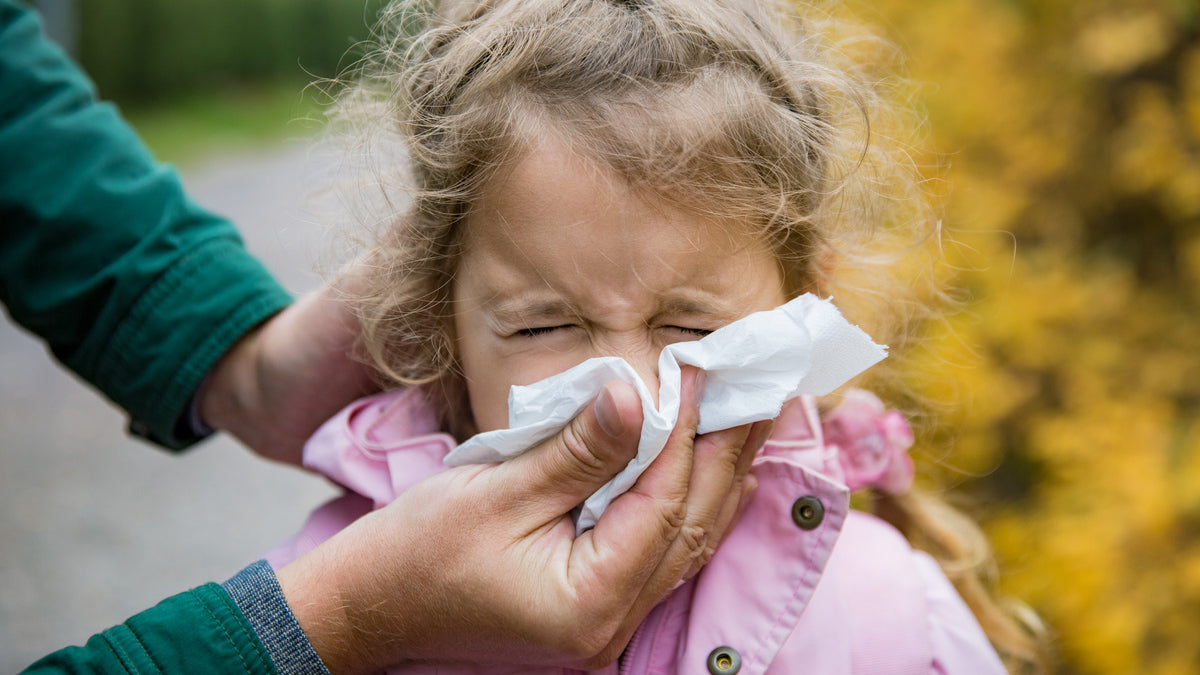Rest of the children, how many sleeps should they have a day after the first year of age?
Rest of the children, the rules to accommodate them. How many sleeps do they have to have during the day in a year and how to go from two naps to just one?
The afternoon nap improves children's memory, but not all children agree with this assumption that all early childhood experts put the spotlight on. The 1-year-old in particular may begin to show signs of conflict as the time of daily bedtime approaches, which the parent often distributes throughout the day to rest, one mid-morning and one mid-afternoon. For the nap of children the golden rules are subjective but all in all simple, above all because it is a question of decrypting their need to rest throughout the day. Here is a guide to understand when it is necessary to follow the baby's needs and change his daily habits with bedtime or reduce the opportunities for rest, helping him to reconcile sleep only in the afternoon.
Rest of the children, the rules to follow for the daily sleep
The nap of children up to one year of age is functional to their growth. The night's rest, accompanied by a short rest in the middle of the morning and a more consistent one in the early afternoon, helps them to recover their energy. Several studies have also confirmed that resting makes it easier for preschoolers to learn, so keeping at least one bed every day is a winning routine. But what if the little one is opposed to these pit stops? children between the first and second year of age experience a moment of transition that leads them to need one bed a day instead of two. A tearless sleep is possible if you follow the baby's needs: but how do you know when he actually needs to sleep only once a day during the day? Here are the signals to decrypt.
Double daily sleep, when needed
The child still needs to sleep twice a day if these conditions occur throughout the day:
· Is less than 1 year old
When you try to put him to sleep and, despite the conflict, the baby eventually succumbs to sleep
· When the child falls asleep in the car during the day
If the child is tired or angry
If the child is going through a period of transition (insertion into the nursery, arrival of a sibling)
If the child often wakes up at night and does not rest as he should
In all these cases it is best to keep the daily bedtime twice a day, even if the little one is opposed or does not seem to want to sleep. He needs it and it is correct for the parent to accompany him in the rest routine.
A sleep a day, how to know if it's time
Similarly, it could also happen that the child from one year onwards does not actually need to sleep twice a day. How to identify this new phase?
· The child struggles not to sleep and actually even if he gives up rests little or does not rest at all
· The child does not fall asleep even in the car
· The child remains energetic in any case until the evening
· The afternoon sleep is peaceful, while for the morning it makes more resistance
How to go from two sleeps a day to just one
The rules to follow when you understand that the baby no longer needs two sleeps a day but only one, follow a gradual process, which does not force the baby but supports him in slowly abandoning the habit of the double sleep. Among the rules for a good sleep - because the question of daily naps is also linked to the night balance - there are:
Graduality: postponing the morning nap by 15 minutes until you get to the after-lunch slot is a good way to make the switch
Help with sleep at night: Babies in this transition phase may experience some change in habit and suffer from mild sleep deprivation. Anticipating dinner time to put them to bed earlier therefore becomes strategic in order to help them recover their energy during the day.
· Resize their daily routine: a child who sleeps less and has more energy in the evening despite only one nap is not necessarily a child who can manage a thousand different playful activities during the day. Downsizing the opportunities for socializing and external stimuli can be a good idea to not make them more tired than they should.






Leave a comment